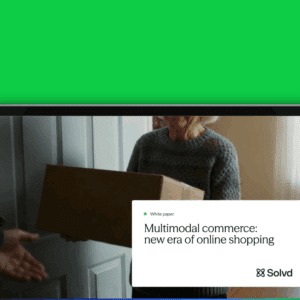By Cynthia Price, Emma

With the sheer volume of email flowing into the inbox every day, standing out against the competition can feel futile. Yet, email remains one of retail marketers’ most effective tools. In fact, 56% of marketers plan to increase their email budget this year.
But how can you be sure the money spent on email marketing is well spent? Here are three proven strategies to improve email performance, boost sales and create more customer loyalty so you can get the most from every send.
1. Pay Close Attention To Your Email Analytics.
Data is king. Every industry, from sports to politics, has been revolutionized by the availability of advanced analytics — and email marketing is no exception.
Sending a marketing email without reviewing the results is like shooting a jump shot and not looking to see if it went in. But tracking details about each email — including exactly who it’s been sent to, whether they open it and what they do after they open it — can give you invaluable insights to help increase sales.
For example, Children’s Corner Store uses Emma’s Shopify integration to track exactly how many purchases are made as a result of each message, and then adjusts its strategy accordingly to hone in on what customers find most relevant and engaging. And it works, big time. Their attention to detail (and data) resulted in nearly 35 times more direct revenue from email.
2. Use Segmentation To Be More Relevant.
Blindly sending the same email to your entire mailing list is a surefire way to alienate your subscribers. Think about all the emails you ignore and outright delete: What do they have in common? They might look great, but they’re probably not customized to your interests or reaching you at the right time (when you’re ready to buy).
By using your customer data to segment your audience, you’ll drastically improve the effectiveness of your emails. You might segment by gender, location, purchase history, or a whole combination of factors. Then you can tailor the content of your email for each group — a November email might highlight hats and boots for customers in Minnesota, but light jackets and sweaters for people in Florida. This allows you to deliver more targeted, relevant and consistent messages to the customer. Peter Nappi, maker of luxury leather goods, used this technique on a recent campaign and saw a whopping 67% open rate and 20% click rate.
3. Automate Welcome Emails.
Now, think about the emails you actually do read. One of them is likely the welcome email you get after joining a brand’s email list or signing up for a service. You’ve already signed up, so by default, you’re interested in what the brand has to say. To capitalize on that interest, retail marketers should create an automated welcome series that creates a great first impression of your brand and moves them further down the sales funnel. The data backs it up: Welcome emails have four times the open rate and five times the click-through rate of other bulk mailings, according to Experian.
To ensure your welcome emails deliver those kinds of results, give readers content that helps them get better acquainted with your brand. Take the case of jewelry design company Luv Aj. Initially, they were sending a welcome email that was a simple, plain text confirmation, with no immediate follow-up. The results were about what you would expect — not great. The company realized a change was needed and developed a striking automated welcome email that offered subscribers 10% off their purchase. In just three weeks, the welcome emails were converting an astounding 21% of new subscribers into paying customers.
When done right, email is one of the most effective tools retailers have in their marketing toolset. So give these proven strategies a try. You’ll start sending emails your subscribers can’t wait to open (and getting results you can’t wait to share).
Cynthia Price is Vice President of Marketing for Emma, a provider of best-in-class email marketing software and services that help marketers do their very best work. With an extensive background in sales and marketing, Price leads Emma’s marketing and content strategy and represents Emma at conferences across the country, where she can be found geeking out about everything from subject lines to audience segmentation.






